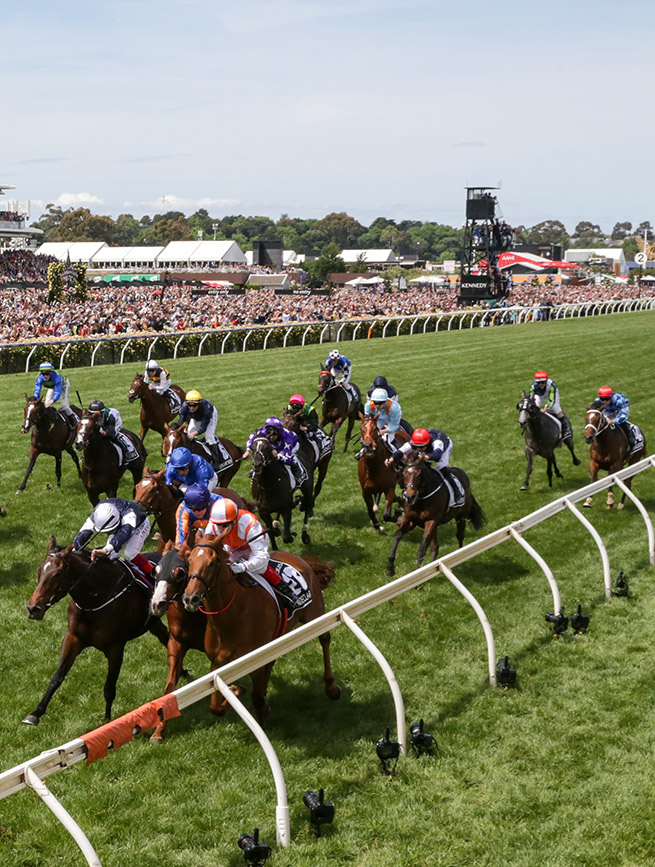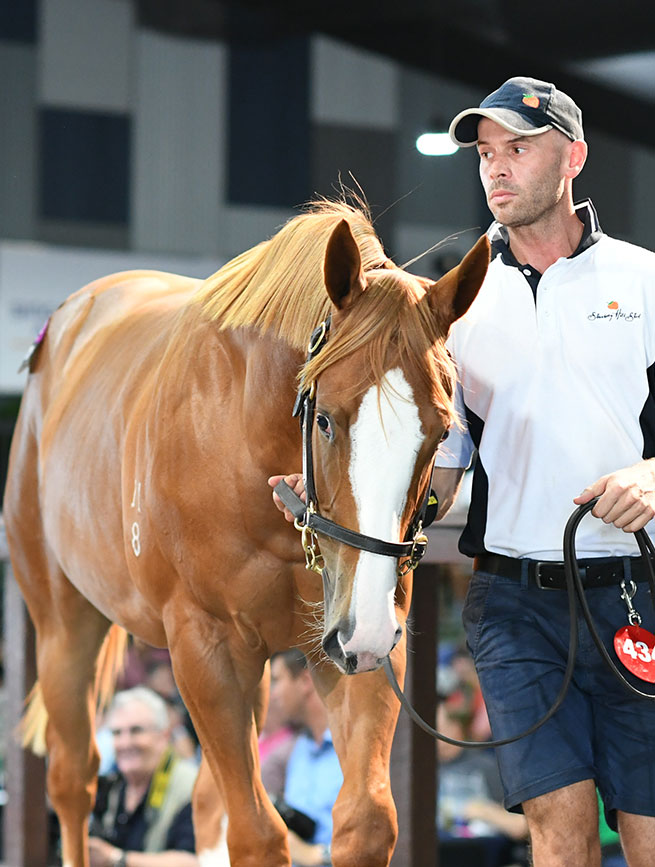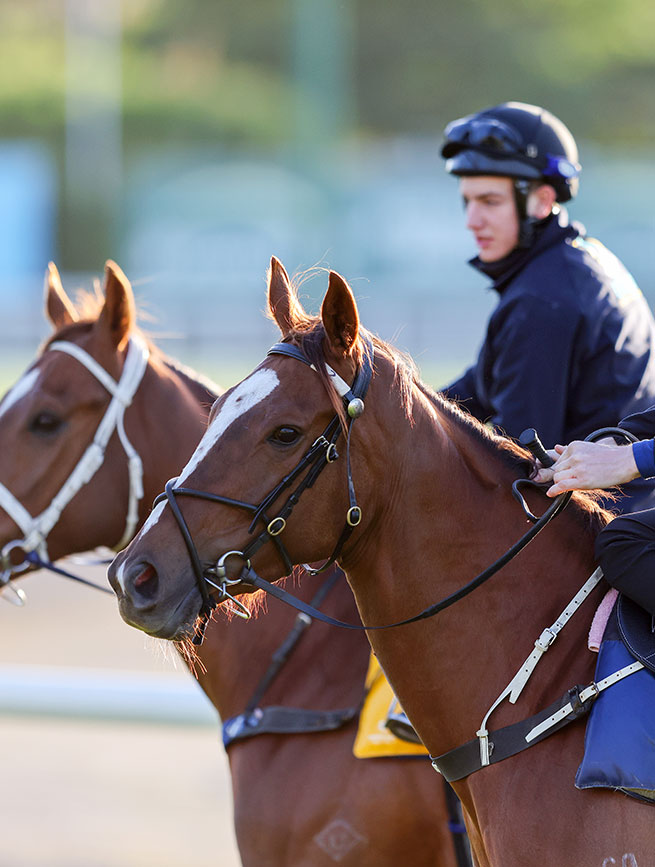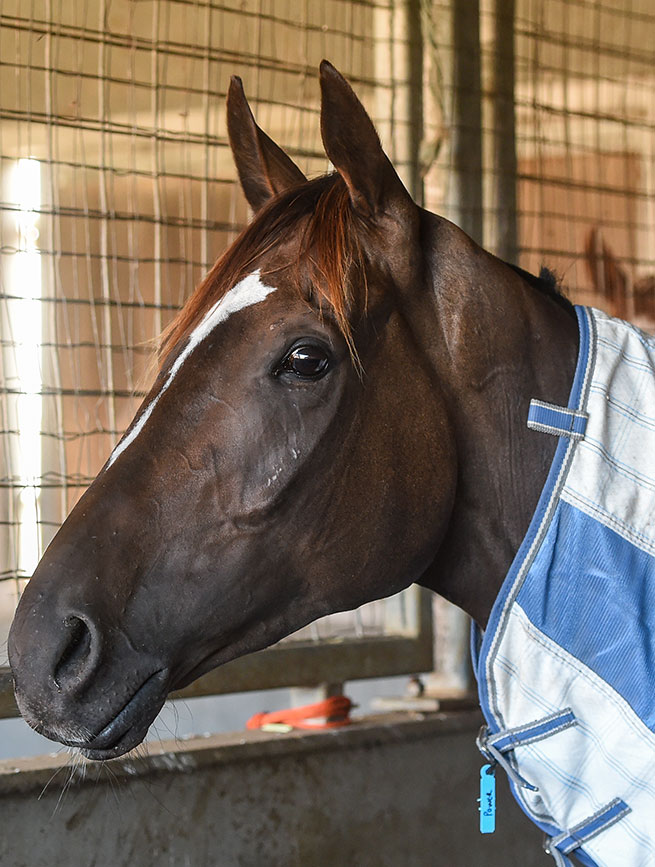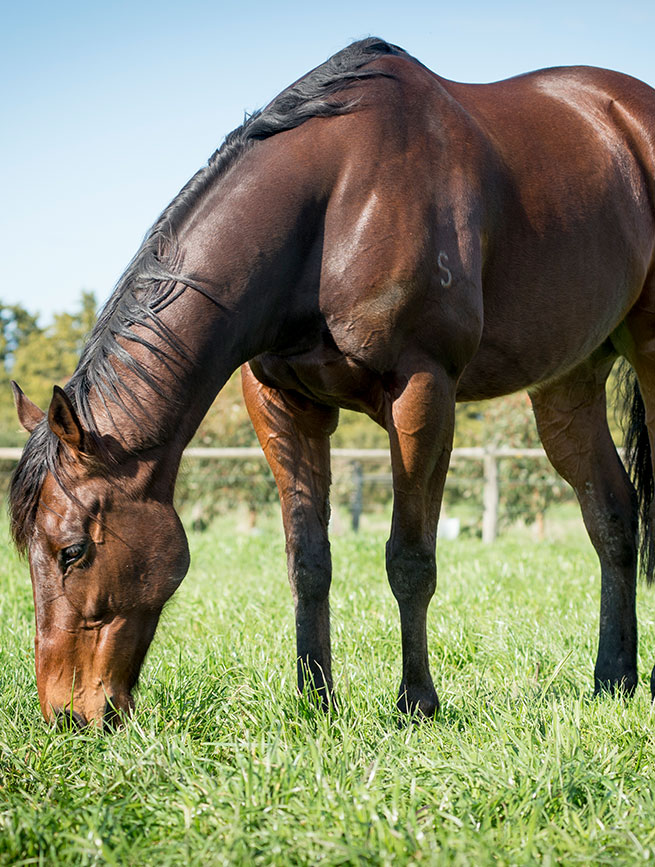Initial Outlay
First up, let’s talk purchase price – how much does it cost to buy a racehorse? There is no definitive answer to this question. Prices vary depending on a few factors, including the horse’s breeding and bloodlines, and its physical conformation, and can range anywhere from a few thousand dollars to well over $1 million dollars.
Horses are most commonly sold as yearlings (between 18 and 22 months of age) and these sales occur between January and June each year.
Australia has two major public auction houses – Inglis and Magic Millions – who conduct sales all over Australia, including monthly online
auctions.
The average price of a yearling in Australia in 2021 was $118,827. A 5% share in a horse at the price is going to set you
back $5,941.35.
However, purchase price isn’t a guarantee of ability. There have been plenty of expensive yearlings who have gone on
to be mediocre racehorses. The key thing here is to have a clear understanding of how much you can afford to invest, knowing that you may
not re-coup your costs.
On the other hand, there are countless examples of inexpensive horses enjoying great success. The mighty Behemoth – winner of three Group Ones and over $3 million in prizemoney – was bought for only $6,000 as a yearling.
At the end of the day, there is a horse for every budget.
